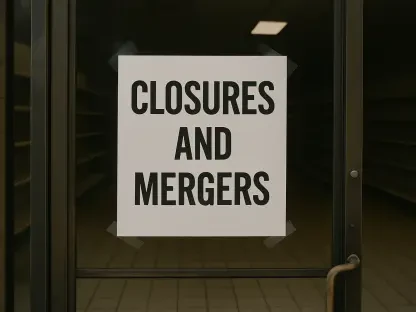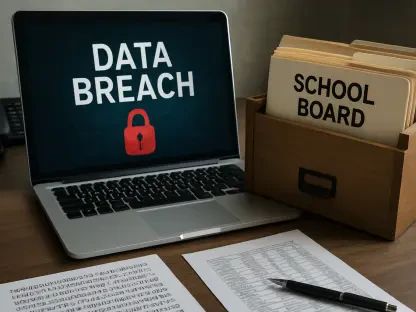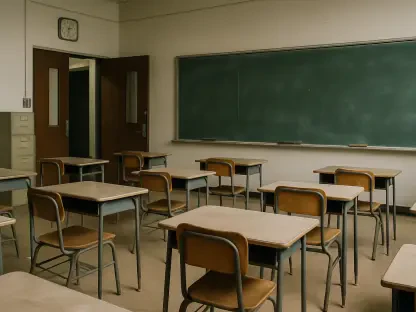Imagine a harsh Midwest winter day when snow piles high, temperatures plummet below zero, and schools face the daunting challenge of ensuring students continue learning despite being unable to attend in person, highlighting the critical importance of preparedness in education. This scenario underscores the necessity of readiness, particularly in regions prone to severe weather disruptions. The Minooka School Board recently took a significant step forward by revisiting and approving an updated e-learning plan during a Board of Education meeting. This decision, aligning with a state mandate to review such plans every three years, reflects a commitment to maintaining educational continuity under unforeseen circumstances. By focusing on the role of technology as a contingency tool, the district aims to address challenges like extreme weather or sudden emergencies. This proactive approach highlights a broader trend in modern education, where digital solutions are increasingly vital to sustaining academic progress when traditional classroom settings are inaccessible.
Adapting to Modern Challenges with Digital Tools
The significance of e-learning as a backup strategy cannot be overstated, especially in a region where weather-related closures are a recurring issue. According to Minooka High School Superintendent Robert Schiffbauer, the concept of remote instruction has been in place for several years, gaining prominence during global health crises and proving indispensable during local incidents like a gas leak at Central Campus. The recently updated plan, which has been operational for the past six years, underwent minor revisions to incorporate post-crisis educational practices, primarily through language adjustments to reflect current needs. These updates ensure that the framework remains relevant and effective in addressing both environmental and infrastructural disruptions. While remote learning cannot fully replicate the in-person experience—particularly for subjects requiring physical interaction, such as physical education—it serves as a crucial safety net. This adaptability allows the district to prioritize student and staff safety without sacrificing learning opportunities, demonstrating a balanced approach to emergency preparedness.
Commitment to Educational Continuity and Safety
Reflecting on the approval of the revised e-learning plan, it’s evident that the Minooka School Board placed a strong emphasis on safeguarding academic progress amidst potential disruptions. The periodic review, mandated by state law, showcased a dedication to staying responsive to evolving challenges, whether they stemmed from natural conditions or unexpected infrastructural issues. The discussions led by Superintendent Schiffbauer emphasized that, although virtual instruction has its limitations, it played a pivotal role in past emergencies and remains a vital component of the district’s strategy. Looking ahead, the focus should be on further refining these digital tools to address specific subject-area challenges and enhancing accessibility for all students. Exploring ways to integrate hybrid learning models or investing in teacher training for remote platforms could strengthen this framework. This forward-thinking mindset ensures that the district not only reacted to past crises effectively but also prepared for future uncertainties with a robust and flexible educational system.









